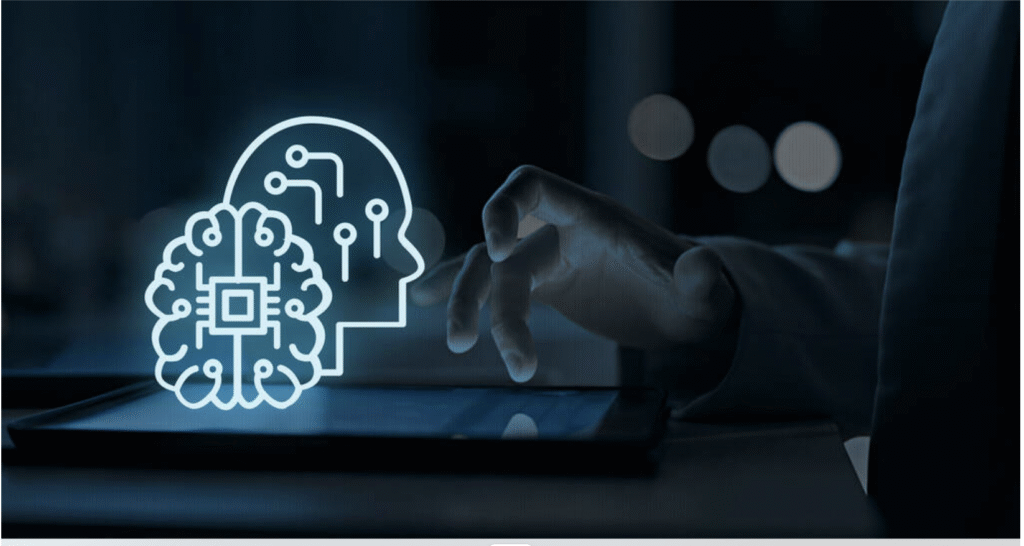Welcome to another installment from Kaundal VIP—where we explore the bleeding edge of technology, blockchain, and finance. Today, we’re diving into how artificial intelligence (AI) is reshaping trading strategies, speed, and efficiency in 2025 and beyond.
Whether you’re an algorithmic trader, crypto investor, or finance enthusiast, this post will help you understand how AI is being used, where it’s heading, and how you can harness it for your trading edge.
Why AI Matters in Trading
Markets today generate massive volumes of data—price feeds, order books, news, social media sentiment, alternative data (satellite, weather, etc.). The human brain can’t keep up.
AI offers three major advantages:
- Speed & Automation — AI systems can scan and act faster than humans.
- Pattern Detection — discovering subtle relationships in data humans might miss.
- Adaptability — models that learn and evolve as market conditions change.
As traders drown in data, AI turns the flood into actionable signals. enverus.com
How AI Is Reshaping Trading Strategies
Here’s how AI is being integrated into trading workflows today:
1. Signal Generation & Prediction
Using machine learning or deep learning, AI models forecast short-term price movements, trend shifts, or reversal points. Reinforcement-learning approaches are also being explored. arXiv+1
2. Sentiment & News Analysis
Natural language processing (NLP) lets AI ingest news articles, social media, earnings calls, etc., and translate sentiment or “market mood” into trade signals.
3. Automated Execution / Algo Trading
Once a signal is generated, AI systems can execute trades automatically, adjusting order size, timing, and routing to minimize market impact.
4. Risk Management & Portfolio Optimization
AI helps in volatility estimation, stress testing, position sizing, drawdown control, and scenario analysis.
5. Hybrid Models & Explainability
In 2025, newer systems combine reasoning with deep learning (e.g. LLM-based reasoning) to produce structured, explainable trade decisions. For instance, Trading-R1 is a model that integrates reasoning and planning into trading logic. arXiv
Top AI Trading Tools & Bots in 2025
If you want to experiment, here are some AI-powered trading platforms and bots making waves:
- Trade Ideas — AI-driven signal engine for stocks. Pragmatic Coders
- 3Commas, Pionex, Cryptohopper — popular bots in crypto markets. coredevsltd.com
- TrendSpider — combines technical analysis + automation. coredevsltd.com
When choosing a tool, consider: signal quality, latency, risk controls, customization, fees, and transparency.
Challenges & Risks of AI in Trading
AI in trading isn’t a silver bullet. Some key challenges:
- Overfitting / Model Drift — models might memorize historical noise which fails in live markets.
- Black-box Models — many AI systems are opaque, making debugging or understanding decisions tough.
- Data Quality & Bias — flawed data or biased training sets lead to incorrect predictions.
- Regulation & Compliance — many jurisdictions demand algorithm transparency and accountability. (See research on AI regulation in financial services.) arXiv
- Systemic Risk — when many traders use similar AI models, they may amplify market moves or flash crashes.
One institutional example: Norway’s sovereign wealth fund is using AI to reduce trading costs, targeting $400 million in annual savings. Financial Times
How You Can Start Using AI in Trading
- Learn basics of ML / data science — understanding regression, classification, time series models is useful.
- Experiment with Python frameworks — use libraries like TensorFlow, PyTorch, scikit-learn.
- Backtest & Paper Trade — test your models on historical data before using real money.
- Start small & manage risk — never allocate your full capital to an untested model.
- Monitor & retrain — markets evolve; your models must evolve too.
The Future: AI + Quantum + Web3
The next frontier is hybrid systems combining quantum computing and AI, or AI-based agents interacting in decentralized finance (DeFi) environments. Some early academic work already explores quantum-enhanced reinforcement learning in trading contexts. arXiv
Also, AI agents might eventually trade across chains, autonomously moving capital in DeFi protocols—making smart arbitrage or yield optimization decisions.
Final Thoughts
AI is no longer a futuristic promise—it’s already embedded in trading. But using AI responsibly and intelligently separates winners from pretenders.
At Kaundal VIP, we’ll continue to explore AI-trading case studies, code examples, and best practices so you can build your own edge in smart markets.



